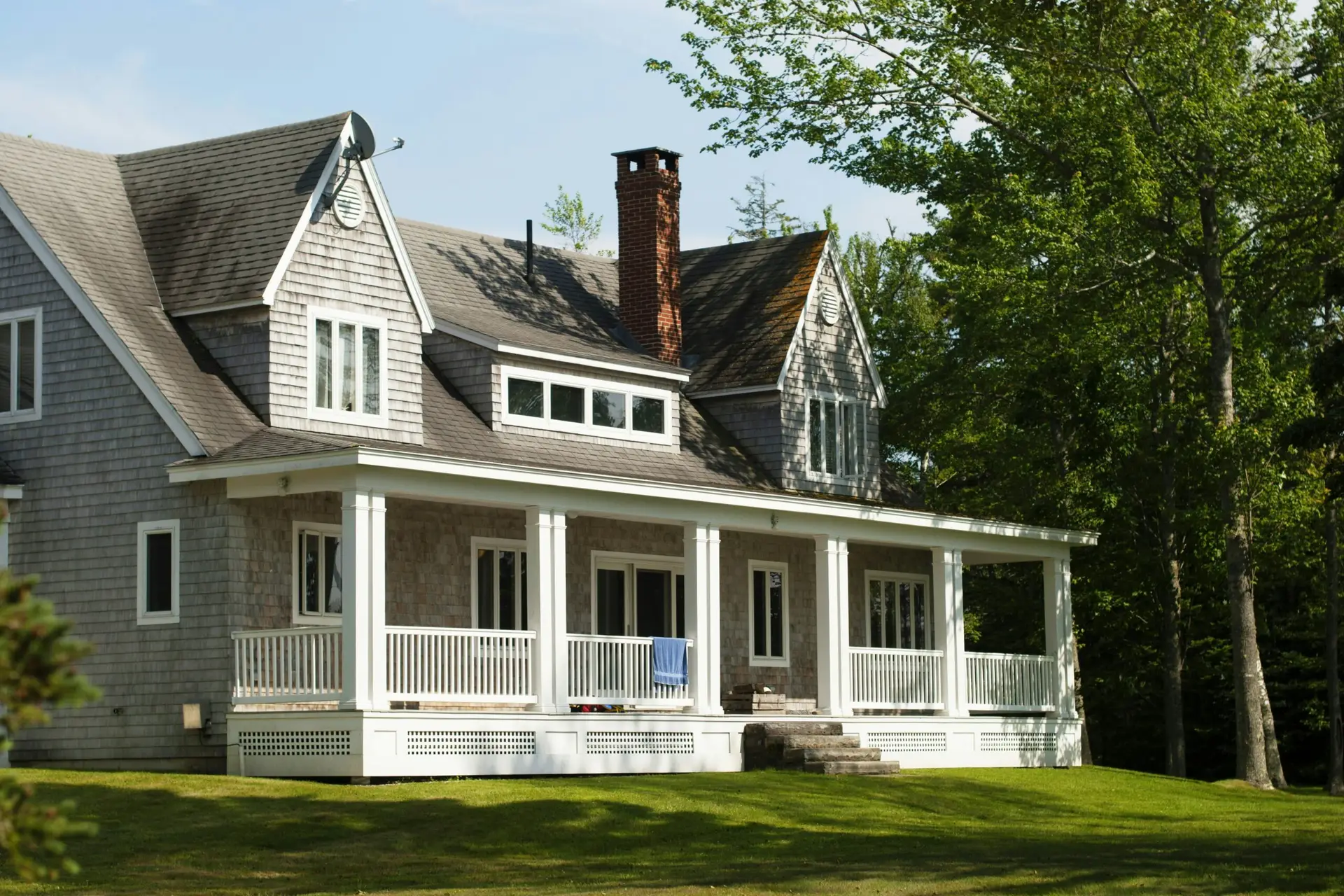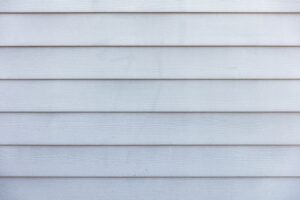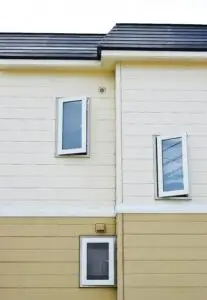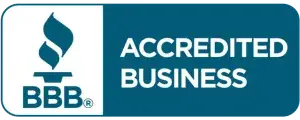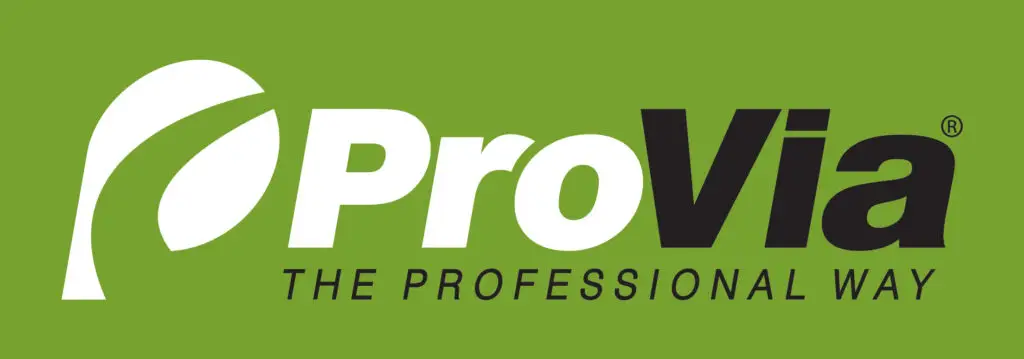Homeowners often face the dilemma of repairing or replacing their roof, which can impact home insurance, interior design, and even the structural integrity of elements like chimneys and concrete foundations. A well-maintained roof protects the home from the elements and enhances its curb appeal and value. In this article, we’ll explore the key factors to consider when deciding between roof repair and roof replacement, helping you make an informed choice for your home’s future.
Key Takeaways
- Roof age and damage extent are crucial factors in deciding between repair and replacement
- Professional inspections help identify hidden issues and guide informed roofing decisions
- Energy-efficient roofing options can lead to long-term savings and increased home value
- Local building codes significantly influence roofing choices and project requirements
- Balancing budget constraints with quality materials ensures a sound investment in roof maintenance
The Age of the Roof

The age of a roof plays a crucial role in deciding between repair and replacement. Homeowners must consider factors like storm damage, general wear, and the expected lifespan of roofing materials like wood. Online platforms can be valuable resources for locating reputable roofing professionals who can assess the roof’s condition and advise on whether repair or replacement is the best course of action.
Calculating Your Roof’s Current Age
Determining a roof’s age involves examining various factors, including the condition of the soffit, signs of wear, and accumulated debris. Homeowners can estimate their roof’s age by considering the installation date, visible damage, and energy efficiency, as an older roof may struggle to regulate heat. Understanding the roof’s age helps estimate potential roof restoration costs and make informed decisions about repair or replacement, ultimately saving money in the long run.
- Check installation records or previous homeowner information
- Inspect for visible signs of wear and tear
- Assess energy efficiency and heat retention
- Consult with a professional roofer for an accurate assessment
Expected Lifespan of Different Roofing Materials
Different roofing materials have varying lifespans, which can be affected by extreme weather conditions. Asphalt shingles typically last 20-30 years, while metal roofs can endure for 50 years or more. Concrete tiles offer up to 50 years of longevity, and slate roofs can last a century. Factors such as proper installation, regular maintenance, and protection from falling debris like lawn trimmings can extend a roof’s lifespan. Adequate drainage systems help prevent water accumulation, which can damage the roof and potentially affect the floor below during heavy rain.
| Roofing Material | Expected Lifespan (Years) |
|---|---|
| Asphalt Shingles | 20-30 |
| Metal | 50+ |
| Concrete Tiles | 50 |
| Slate | 100 |
Impact of Roof Age on Repair vs. Replacement Decision
The age of a roof significantly influences the decision between repair and replacement. As roofs age, the average soffit repair cost increases, making replacement a more cost-effective option for customers in the long run. Homeowners should gather information about their roof’s age and condition, considering factors like warranty coverage and potential energy savings, to make an informed choice between repair and replacement.
The Extent of the Damage

Assessing the extent of roof damage is crucial in determining whether repair or replacement is necessary. From visible signs like missing shingles to hidden issues that may affect the kitchen ceiling, the severity of damage dictates the best course of action. Professional roof inspections can reveal problems not apparent to the untrained eye, such as moss growth or structural weaknesses. Understanding when repairs suffice and when a full replacement is needed can save homeowners time and money.
Assessing Visible Signs of Roof Damage
Homeowners can assess visible signs of roof damage by inspecting for missing or curled shingles, cracked flashing, and sagging areas. Storm damage may manifest as dents in metal roofing or granules in gutters from damaged asphalt shingles. Checking the attic for daylight penetration, examining the truss for signs of water damage, and looking for deteriorated caulk around vents and chimneys are crucial steps in identifying potential issues. A comprehensive FAQ can guide homeowners through the inspection process:
| Visible Sign | Potential Issue | Action Required |
|---|---|---|
| Missing shingles | Wind damage | Replace individual shingles |
| Cracked flashing | Water infiltration | Repair or replace flashing |
| Sagging areas | Structural weakness | Professional assessment |
| Granules in gutters | Shingle deterioration | Consider roof replacement |
The Role of Professional Roof Inspections
Professional roof inspections play a crucial role in accurately assessing a roof’s condition. Trained inspectors can identify hidden issues, such as compromised waterproofing or potential leaks, that may not be visible to homeowners. These experts use specialized tools and techniques to evaluate the integrity of various roofing materials. Their comprehensive assessments help homeowners and general contractors make informed decisions about necessary repairs or replacements, ensuring the longevity and performance of the roof in construction projects.
| Inspection Area | Common Issues | Potential Solutions |
|---|---|---|
| Shingles | Curling, missing, or damaged | Repair or replace affected areas |
| Flashing | Separation or corrosion | Reseal or replace flashing |
| Gutters | Clogging or detachment | Clean or reattach gutters |
| Underlayment | Water damage or deterioration | Replace damaged sections |
When Repairs Are Enough vs. When to Replace
The decision between roof repairs and replacement hinges on the extent of damage and potential long-term costs. Minor issues like isolated leaks, algae growth, or damaged asphalt shingles often warrant repairs, which can be a cost-effective solution. However, widespread water damage, mold infestation, or structural concerns may necessitate a full replacement. Homeowners should consider the overall condition of their roof, its age, and the price difference between repair and replacement when making this crucial decision.
The Type of Roof

The type of roof significantly influences decisions about repair or replacement. Different materials, from traditional asphalt shingles to modern metal panels, require unique approaches to maintenance and restoration. Specialty roofs, such as those with solar panels or green vegetation, present distinct challenges and opportunities.
Homeowners must also consider how new sections will blend with existing roofing, ensuring a cohesive appearance and optimal protection against wind and weather. Understanding these factors, along with energy efficiency implications and potential impacts on windows and decks, empowers property owners to make informed choices. This knowledge is crucial for preserving the integrity and value of the entire structure.
How Material Affects Repair and Replacement
The choice of roofing material significantly impacts repair and replacement decisions. Metal roofs often require specialized repairs but offer long-term durability, while tile roofs may need individual tile replacements. Home improvement projects involving roofs must consider the material’s specific characteristics, from the eaves to the ridge, to ensure proper maintenance and restoration:
- Assess material-specific vulnerabilities
- Consider longevity and durability of each material
- Evaluate repair costs versus replacement expenses
- Factor in climate and environmental impacts on materials
Considerations for Specialty Roofs
Specialty roofs, such as those with solar panels or green vegetation, require unique considerations when deciding between repair and replacement. These roofs often represent a significant investment and may need specialized expertise from an emergency roofer for repairs or modifications. Proper ventilation and fascia maintenance are crucial for the longevity of specialty roofs, and any decision to repair roof structures must take into account the integrity of these unique features.
Matching New Sections to Existing Roofing
Matching new sections to existing roofing requires careful consideration of materials and aesthetics. When repairing or replacing a portion of a metal roof, contractors must ensure the new panels align seamlessly with the existing structure, including rafters and ceiling components. This process becomes particularly crucial after events like hail damage or water damage, where partial replacement may be necessary. Proper matching not only maintains the roof’s visual appeal but also preserves its structural integrity and weather resistance. Consider these key factors when matching new sections to existing roofing:
- Material compatibility and age differences
- Color and texture consistency
- Proper integration with existing drainage systems
- Structural alignment with rafters and support elements
- Weatherproofing at seams between old and new sections
Urgency of Roof Repairs

Determining the urgency of roof repairs or replacement is crucial for homeowners facing roofing issues. Whether dealing with traditional materials like clay or slate, or modern options such as EPDM rubber, the decision to act quickly or plan for long-term solutions can significantly impact a property’s integrity. Factors such as weather patterns, seasonal changes, and emergency situations all play a role in this decision-making process. Homeowners must consider how roofing choices affect other aspects of their home, including siding and overall structural health. Consulting with a professional roofer can provide valuable insights into immediate needs and help develop a comprehensive plan for maintaining a safe and durable roof.
Identifying Immediate Needs vs. Long-Term Solutions
Identifying immediate roofing needs versus long-term solutions requires careful assessment of factors such as damage to roof tiles, overall aesthetics, and the property owner’s experience with roof maintenance. For instance, a leaking flat roof may demand urgent attention to prevent water damage, while planning for a complete roof replacement could be a long-term solution that enhances both durability and energy efficiency. Homeowners should consult with experienced roofing professionals to determine the best course of action, considering factors like insurance coverage and the potential impact on property value.
Weather and Seasonal Considerations
Weather and seasonal changes significantly impact the urgency of roof repairs or replacements. Heavy snow accumulation can accelerate wear and tear, potentially increasing the roof repair cost per square foot and necessitating immediate action.
Dealing With Emergency Roof Situations
Emergency roof situations require swift action to prevent further damage to a property. Homeowners should immediately contact their insurance provider to understand coverage for urgent gutter and roof repair, especially in cases of ice damage or severe weather events. A professional roofer can assess the situation, providing temporary solutions while developing a comprehensive plan considering the roof’s design and long-term durability.
Long-Term Plans
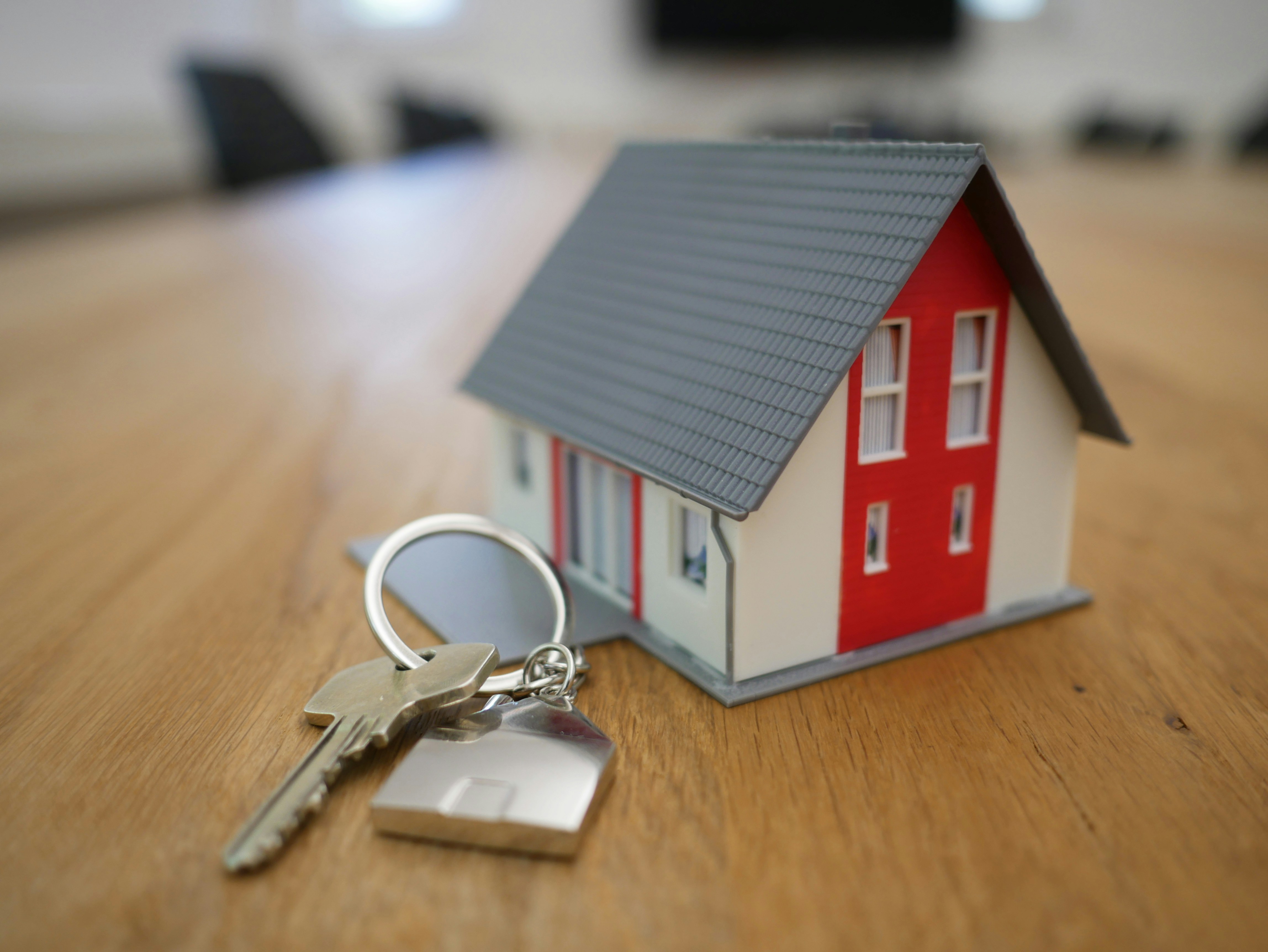
Long-term planning is crucial in deciding between roof repair and replacement. Homeowners must align their roofing decisions with overall home improvement goals, considering factors such as future resale value and ongoing maintenance costs.
The cost of replacing the roof can be significant, but it may prove worthwhile when weighed against potential increases in property value and reduced upkeep. Factors like the condition of other home systems, including plumbing, and the impact on insurance policies should also be considered. Additionally, homeowners should evaluate how a new roof might complement other exterior improvements, such as fresh paint, to enhance curb appeal and long-term value.
Aligning Roof Decisions With Home Improvement Goals
Aligning roof decisions with home improvement goals requires a holistic property maintenance and enhancement approach. Homeowners should consider how a new roof or extensive repairs might complement other projects, such as attic insulation upgrades or tree trimming to protect roof shingles. Balancing the budget between immediate roof needs and long-term home improvements ensures a cohesive strategy for maintaining and increasing property value:
- Evaluate energy efficiency improvements alongside roof work
- Consider how roof aesthetics impact overall curb appeal
- Plan for potential future additions or renovations
- Assess the impact of roofing choices on home resale value
- Coordinate roof maintenance with other exterior upgrades
Considering Home Value and Resale
Roof condition significantly impacts home value and resale potential. A well-maintained roof with proper sealant application can protect against moisture intrusion and natural disasters, enhancing the property’s appeal to potential buyers. Homeowners considering the addition of a skylight should weigh the benefits against potential maintenance challenges. At the same time, those with bitumen roofing may need to consider its durability when assessing long-term value. The following table outlines key roofing factors that influence home value:
| Roofing Factor | Impact on Home Value |
|---|---|
| New Roof Installation | Significant Increase |
| Recent Repairs | Moderate Increase |
| Visible Damage | Decrease |
| Energy-Efficient Materials | Moderate to High Increase |
Future Maintenance and Upkeep Costs
Future maintenance and upkeep costs are crucial in deciding to repair or replace a roof. An expert assessment of factors such as roof pitch, climate, and the presence of dormers can help predict potential issues like roof leaks and ongoing maintenance needs. Homeowners should consider these long-term expenses when weighing their options:
- Regular inspections and cleaning
- Gutter maintenance and replacement
- Shingle or tile repairs
- Flashing and sealant upkeep
- Climate-specific treatments (e.g., moss removal in damp regions)
Energy Efficiency

Energy efficiency is a critical factor when deciding between roof repair and replacement. A thorough roof inspection can reveal how well the current structure performs regarding insulation and temperature regulation, especially during severe weather events. Homeowners must weigh the cost of energy-efficient upgrades against potential long-term savings.
Modern roofing materials, including steel options resistant to corrosion, offer improved energy performance. Understanding the benefits of these advanced roofing systems and conducting a detailed cost-versus-savings analysis can help property owners make informed decisions about their roofing investments.
Evaluating Current Energy Performance
Evaluating a roof’s current energy performance involves assessing its insulation, ventilation, and overall thermal resistance. Homeowners should examine their energy bills, particularly during extreme weather, to gauge the roof’s efficiency. This evaluation extends to all areas of the home, including the garage, where proper garage roof repair can significantly impact overall energy consumption and comfort levels.
Benefits of Energy-Efficient Roofing Options
Energy-efficient roofing options offer numerous benefits to homeowners, including reduced utility costs and improved indoor comfort. These advanced materials reflect more sunlight and absorb less heat than standard roofs, effectively lowering cooling demands during hot weather. Additionally, energy-efficient roofs often come with extended warranties and may qualify for tax incentives, making them a smart long-term investment for property owners.
Cost vs. Savings Analysis for Energy Upgrades
A cost vs. savings analysis for energy upgrades helps homeowners determine the financial viability of investing in energy-efficient roofing options. This assessment compares the initial costs of materials and installation with projected long-term savings on energy bills. Factors to consider include local climate, current energy rates, and potential increases in property value. Homeowners should also research available rebates or tax incentives that can offset initial expenses:
- Calculate upfront costs for energy-efficient roofing materials
- Estimate annual energy savings based on improved insulation
- Factor in potential rebates and tax incentives
- Consider increased home value and marketability
- Evaluate the payback period for the investment
Budget for Roof Repair

Budget considerations are pivotal in determining whether to repair or replace a roof. Homeowners must carefully weigh the costs associated with each option, exploring financing alternatives that align with their financial situation. Estimating expenses for both repair and replacement allows for informed decision-making, while various financing options can make larger projects more manageable.
Striking a balance between budget constraints and quality is essential, ensuring that the chosen solution provides long-term value and protection for the home. Homeowners can make sound investments in their property’s integrity and value by prioritizing budget-friendly options without compromising on materials or workmanship.
Estimating Costs for Repair Versus Replacement
Estimating costs for roof repair versus replacement requires a comprehensive assessment of the roof’s condition and the extent of damage. Homeowners should obtain multiple quotes from reputable contractors, comparing the expenses associated with targeted repairs against the cost of a full roof replacement. This comparison should consider factors such as material costs, labor, and potential long-term savings in energy efficiency and maintenance:
| Factor | Repair Cost | Replacement Cost |
|---|---|---|
| Materials | $500 – $2,000 | $5,000 – $15,000 |
| Labor | $300 – $1,500 | $3,000 – $10,000 |
| Permits | $100 – $300 | $200 – $500 |
| Energy Savings | Minimal | Significant |
Financing Options for Roof Projects
Financing options for roof projects give homeowners flexibility when budgeting for repairs or replacements. These options range from personal loans and home equity lines of credit to specialized roofing company financing programs. Homeowners should carefully evaluate interest rates, repayment terms, and potential tax implications when selecting a financing option:
- Personal loans from banks or credit unions
- Home equity lines of credit (HELOCs)
- FHA Title I loans for home improvements
- Contractor-offered financing plans
- Credit card options with promotional interest rates
- Government-backed energy efficiency loans
Prioritizing Budget Without Compromising Quality
Prioritizing budget without compromising quality involves strategic decision-making and careful material selection. Homeowners can opt for high-quality, mid-range materials that offer durability and performance without the premium price tag of top-tier options. Consulting with experienced roofing professionals helps identify cost-effective solutions that meet both budget constraints and quality standards, ensuring a long-lasting and reliable roof.
Conclusion
Deciding whether to repair or replace your roof involves carefully considering multiple factors, including the roof’s age, extent of damage, and long-term cost implications. Homeowners must weigh the immediate benefits of repairs against the potential advantages of a full replacement, considering energy efficiency, building codes, and future maintenance costs. Professional inspections and thorough cost analyses are crucial in making an informed decision that balances budget constraints with quality and longevity. Ultimately, the choice between repair and replacement impacts not only the structural integrity of the home but also its overall value and energy performance, making it a significant decision for any property owner.

